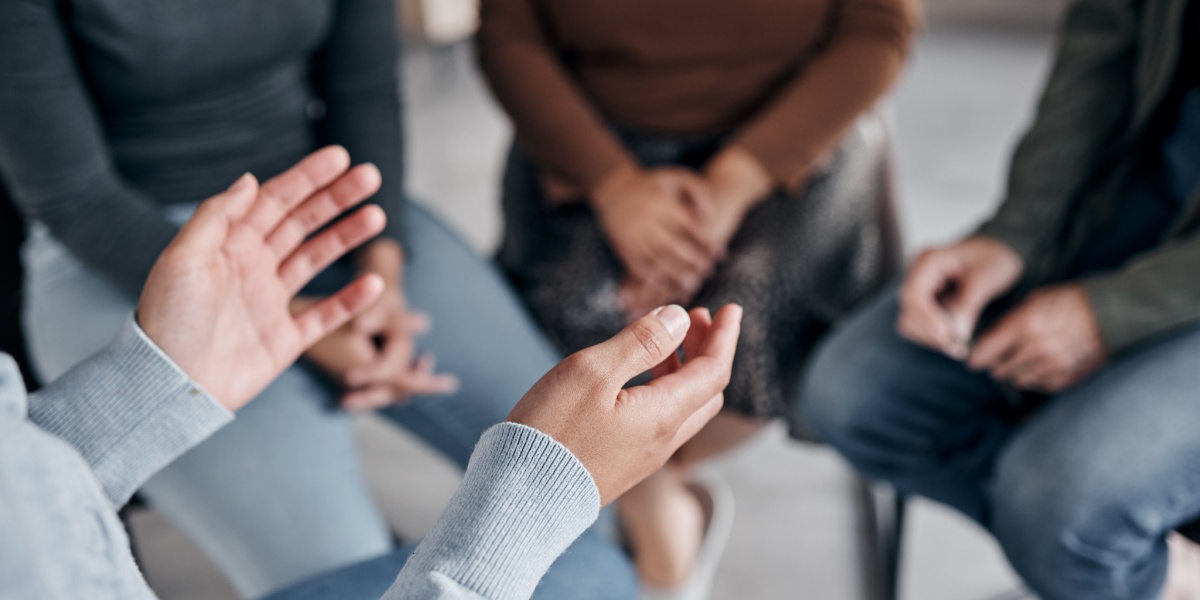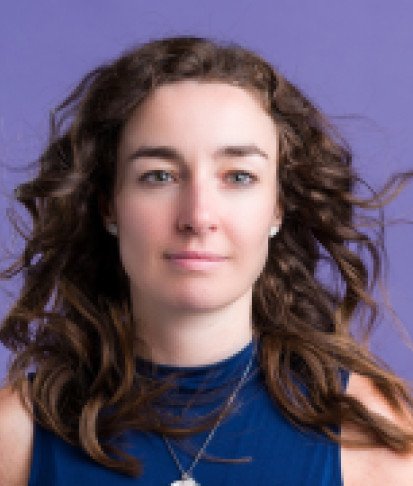Hypersexuality, also called Compulsive Sexual Behavior Disorder (CSBD), is a recently recognized psychiatric disorder. More than a high sex drive, CSBD involves persistent, overwhelming sexual urges and behaviors that feel uncontrollable and cause serious distress or life disruption. [1]
Hypersexuality might be more common in individuals with substance use disorder. One reason this is likely to occur is that, when someone stops using a substance (like alcohol or drugs), the brain’s reward system is still seeking stimulation. This can lead to addiction substitution, where compulsive sexual behavior temporarily “replaces” the previous addiction. [2] However, effective treatment exists, and real recovery is possible.
- Evidence-based recovery blends psychotherapy, medication, lifestyle shifts, and peer support.
- Seek help if sexual behaviors are compulsive, causing distress, or interfering with relationships or work.
- Long-term success requires a personalized plan, co-occurring disorder treatment, and relapse prevention strategies.

Understanding hypersexuality and compulsive sexual behavior disorder (CSBD)
Hypersexuality takes various forms, including masturbation addiction, excessive pornography use, impulsive hookups, and compulsive fantasies. A recent study found that two separate components define hypersexuality:
- A high sexual drive (SD): including lots of sexual activity, frequent sexual thoughts or fantasies, easy arousal, and a preference for casual and impersonal sex.
- Problematic sexuality (PS): including harmful or compulsive sexual behavior, using sex to cope with emotions, feeling out of control, and facing negative consequences because of sexual behavior.
While people can score high in both categories, SD is tied more to raw sexual energy and impulsiveness. On the other hand, PS is associated with emotional instability and possibly manipulative or risky behavior, which suggests that people with high PS may have different mental health profiles. [1]
A high SD alone does not lead someone to be diagnosed with CSBD, as this condition entails repeated failure to control actions, time-consuming sexual behaviors, and persistent distress over a period of at least six months. In 2022, the 11th revision of the International Classification of Diseases (ICD‑11) officially classified CSBD as an impulse-control disorder. While the fifth revision of the Diagnostic and Statistical Manual of Mental Disorders (DSM‑5) doesn’t list CSBD separately, many clinicians still recognize it under behavioral addictions or related disorders. [3][4]
Neuropsychiatric research reveals that individuals with hypersexuality often have dysregulated brain circuits in areas like the frontal cortex, limbic system, and reward centers, mirroring patterns seen in addictions and obsessive-compulsive disorder (OCD). Prevalence estimates that 3 to 9% of adults might be afflicted with CSBD, and in many cases, mental health or substance use disorders co-exist. [5]
Treatments for hypersexuality
Treatment for CSBD should begin with psychoeducation and psychotherapy, which are considered essential across cases. Medication choices depend on the severity of symptoms and the presence of other mental health or sexual disorders. [6]
While research is limited and no drugs are officially approved for CSBD, selective serotonin reuptake inhibitors (SSRIs) and naltrexone are the most commonly used and supported pharmacological options. For individuals with co-occurring paraphilic disorders (atypical sexual interests like fetishism, voyeurism, and exhibitionism that involve distress, impairment, or non-consenting individuals), hormonal treatments may be appropriate, following established guidelines. [6]
Psychotherapy approaches for hypersexuality
Cognitive behavioral therapy (CBT) is the gold standard to help identify potential trauma and thought patterns that lead to harmful urges and to build healthier coping skills. [7][8]
Other effective psychotherapy approaches include:
- Motivational interviewing (MI): MI cultivates internal motivation by helping individuals choose between problematic behaviors and change. [7]
- Dialectical behavior therapy (DBT): DBT teaches emotion regulation, distress tolerance, mindfulness, and interpersonal effectiveness. Individuals suffering from CSBD who engage in treatment focused on DBT will learn to name and track emotions and urges, then use skills like grounding or urge surfing instead of acting on impulses. DBT is ideal for people whose sexual behaviors serve as emotional coping, especially during stress, loneliness, or times of conflict. [8]
- Trauma-informed/psychodynamic therapy: This approach explores emotional roots and attachment patterns behind someone’s compulsive behaviors to identify how attachment pain shapes decisions in the individual, empowering them to develop new emotional coping mechanisms. [8]
- Sexual medicine-informed therapy: Sex-positive and inclusive, this approach avoids pathologizing consensual or culturally different sexual preferences. [7]
- Group therapy: Group therapy is highly effective in reducing the sense of shame and isolation often associated with CSBD.
Medication options
When used alongside therapy under the supervision of qualified professionals, medication can support recovery, especially for co-occurring mood or impulse-control symptoms. [7][10]
- SSRIs reduce compulsive urges and associated anxiety or depression.
- Anti-androgens and hormone-suppressing drugs (for example, triptorelin or medroxyprogesterone) lower testosterone and sexual drive in severe cases.
- Opioid antagonists (for example, naltrexone) disrupt reward pathways linked to sexual cravings.
- Mood stabilizers and antipsychotics can assist with impulsivity or mood swings, as evidenced by clinical use.
- Adjunctive agents (for example, N-acetylcysteine or nefazodone) are used alongside a primary treatment to enhance its effectiveness, manage side effects, or target specific symptoms. Early studies show promise, but more research is needed. [7][10]
Lifestyle and behavioral strategies
The following daily practices significantly strengthen recovery efforts: [7]
- Self-monitoring: Track urges and behaviors to identify patterns that might trigger unhealthy behaviors.
- Environment control: Limit or remove triggers like porn, sexual apps, or unstructured alone time.
- Structure and self-care: Prioritize sleep, nutrition, exercise, and fulfilling hobbies.
- Mindfulness and grounding: Techniques like meditation can interrupt compulsive cycles.
Support groups & 12-step programs
Support groups offer peer support, a sense of belonging, and accountability:
- Sex Addicts Anonymous (SAA), or similar 12-step groups, offer a step-by-step approach and the support of anonymous and confidential meetings.
- SMART recovery emphasizes skills-based self-management based on scientifically grounded techniques like CBT and motivational enhancement therapy.
Treatment for co-occurring disorders
CSBD often coexists with conditions such as depression, anxiety disorders, Attention-Deficit/Hyperactivity Disorder (ADHD), substance abuse, Post-Traumatic Stress Disorder (PTSD), and personality disorders. [2] In such instances, addressing both the individual's mental health and sexual behavior leads to increased success rates. [2][10]
Other experimental therapies
In addition to the treatment options listed above, several novel approaches are currently under study and evaluation for the treatment of CSBD, including:
- Neurofeedback and brain-based interventions use recorded real-time brain signals to help individuals self-regulate neural activity related to emotional control and impulsivity. While no large trials have focused specifically on CSBD, preliminary studies show this approach can improve emotion regulation by enhancing connectivity in brain regions such as the prefrontal cortex and limbic system. [11]
- Mindfulness-Based Relapse Prevention (MBRP) combines techniques from relapse prevention with mindfulness meditation. A small pilot study involving 13 men diagnosed with CSBD found that an 8-week MBRP program led to significant reductions in problematic porn use, anxiety, and depression. By learning to "surf" urges rather than act on them, individuals gain powerful insight and deterrence over automatic behavior. [12][13]
- Acceptance and Commitment Therapy (ACT) uses acceptance, cognitive defusion, and mindfulness to redirect behavior toward personal values. A recent open-label pilot study of eight one-on-one online ACT sessions for adults with hypersexuality showed significant improvements in symptoms, psychological flexibility, and mindfulness, all maintained at 3-month follow-up. [14]
- Schema therapy unearths and reworks core emotional schemas (deep-seated patterns formed in childhood that fuel maladaptive behavior). A 2021 study found that certain early maladaptive schemas strongly predict CSBD severity, suggesting schema therapy as a useful treatment for individuals whose compulsive sexual behavior stems from early psychological wounding or attachment issues. [15]
What to expect during treatment
Duration: Treatment typically involves at least 3 to 6 months of weekly sessions. If co-occurring issues are present, extended care might be necessary.
Goals: The goals of treatment include:
- Detecting triggers and urges
- Developing coping strategies
- Reducing compulsive behavior
- Repairing relationships
- Uncovering emotional drivers (like trauma, loneliness)
Common challenges: Common challenges during treatment include a sense of shame, resistance to change, and occasionally, relapse. Psychotherapy is most effective in addressing these hurdles.
Personalized care: To be successful, treatment must be tailored to individual history, co-morbidities, values, identity, and life context.
When to seek professional help for hypersexuality
Early intervention reduces harm and helps build a healthier lifestyle. You should consult a qualified therapist or psychiatrist if your sexual behavior:
- Is compulsive, uncontrollable, or shame-inducing.
- Interferes with relationships, work, finances, health, or leads to legal trouble.
- Persists for six or more months with harmful consequences.
Long-term recovery and relapse prevention
Long-term success often involves:
- Ongoing therapy or coaching.
- Continuing peer support (like support groups).
- Active self-monitoring and lifestyle maintenance.
- Recognizing early warning signs (for example, loneliness and stress) and having a relapse plan.
Final thoughts
Hypersexuality is treatable. Recovery involves therapy, medication, behavior change, community support, and mental health care. For those in addiction recovery, recognizing compulsive sexual behavior is a sign of strength, not failure. With the right help, you can reclaim control, build authentic connections, and live with balance and purpose.


-guide-detail.jpg?v=1722503583)

